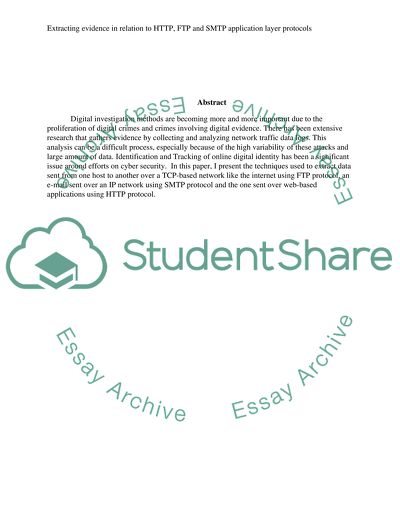Cite this document
(“Describe how to extract evidence in relation to HTTp,FTP and SMTP Research Paper”, n.d.)
Retrieved from https://studentshare.org/information-technology/1477642-describe-how-to-extract-evidence-in-relation-to
Retrieved from https://studentshare.org/information-technology/1477642-describe-how-to-extract-evidence-in-relation-to
(Describe How to Extract Evidence in Relation to HTTp,FTP and SMTP Research Paper)
https://studentshare.org/information-technology/1477642-describe-how-to-extract-evidence-in-relation-to.
https://studentshare.org/information-technology/1477642-describe-how-to-extract-evidence-in-relation-to.
“Describe How to Extract Evidence in Relation to HTTp,FTP and SMTP Research Paper”, n.d. https://studentshare.org/information-technology/1477642-describe-how-to-extract-evidence-in-relation-to.


